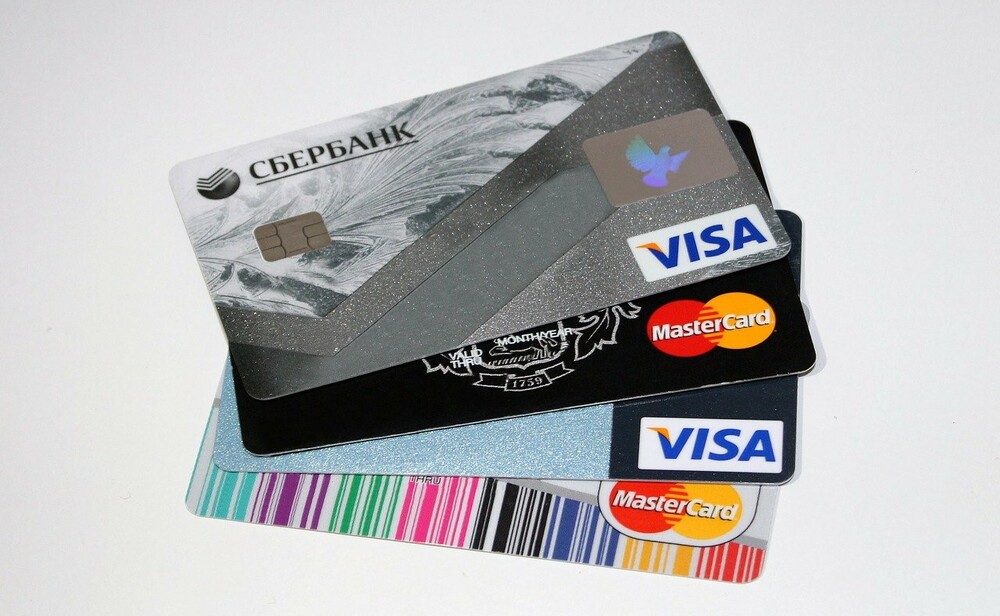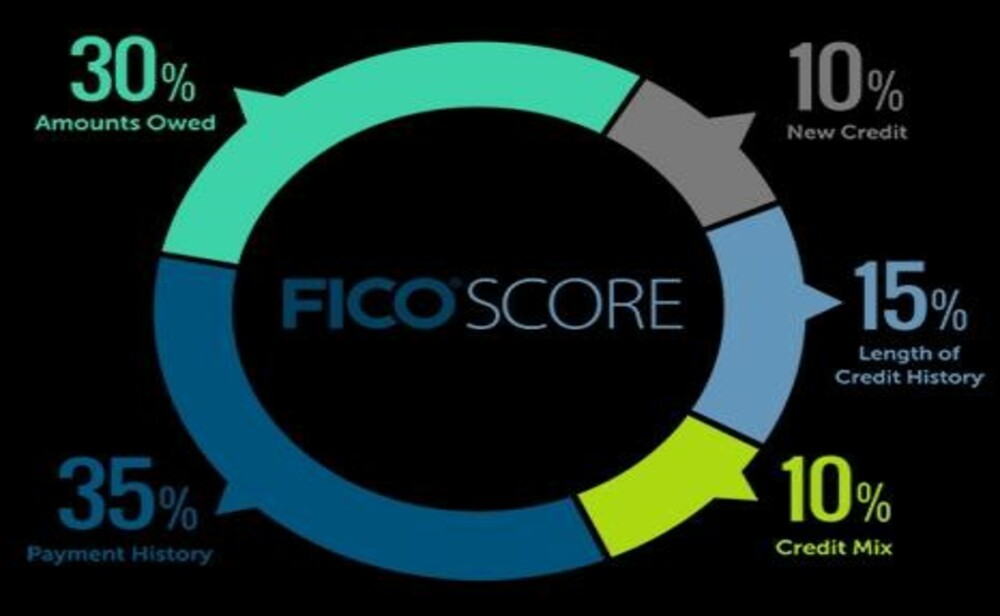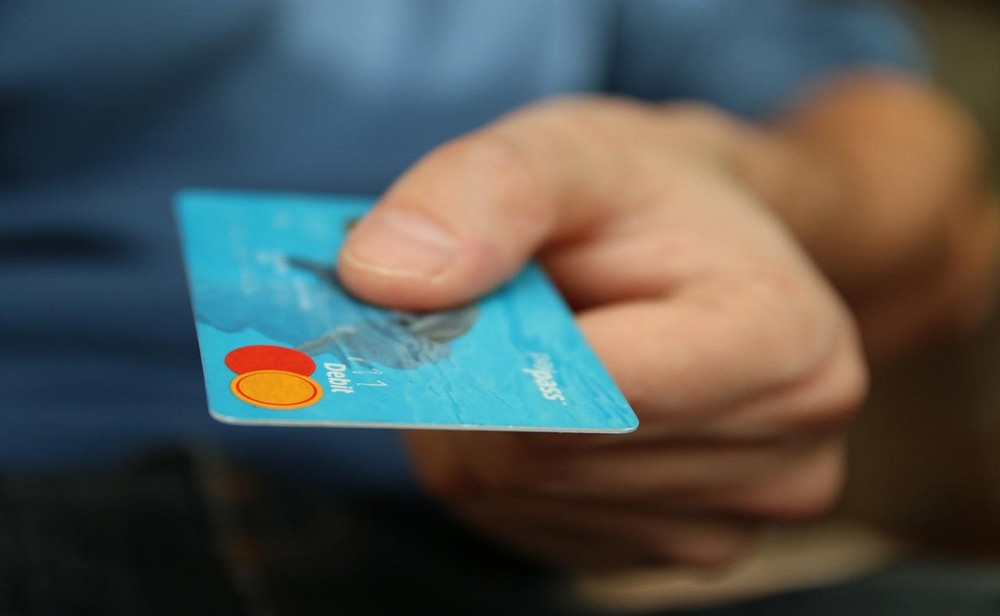How to Get a Default Removed from Your Credit File? 2022
If you want to know how to get your current credit file to be missing one item, you’ll want to see our guide to removing a defaulted item. In that guide we’ll be explaining how to go about this and how it will affect your credit score. If you didn’t do anything wrong, you won’t be going through an identity theft protection program that removes a defaulted item from your credit file, and we’ll be showing you how to remove this from your credit report. So, it’s in your best interest to leave the default out of your credit report, right?
Right?
Well, almost…there are a few steps you need to follow to remove a defaulted item from your credit file. So, let’s see how to get your default removed from your credit file.

Why Is This an Important Item?
At some point you may have noticed that your credit file has a default on it, and it might not be where you would have expected. For example, when you apply for credit, your report will show a history of paying your bills on time and that you have a low credit score. The truth is that the credit bureau will always list a defaulted account as not being in good standing, even if it’s paid in full.
Why is this? Why would the credit bureau give a defaulted account a good standing? Well, it might seem like a no-brainer, but it turns out that the two credit bureaus, Equifax and TransUnion, have a policy that requires each one to assign each negative mark to the correct account. Each negative mark they assign can be changed, depending on the terms of the credit report, but in general, you should ask for this defaulted item to be removed.
Here are some of the reasons why this item might be important:
The credit bureaus work together when you apply for a new credit card and the bureaus will usually default an account on your credit file when they look at it. They will mark your existing account as having a bad standing and you should remove the information you’ve already reported. For example, let’s say you applied for a credit card and it is because you have a bad credit score, but because of this you’ve been flagged as having a bad standing with the credit bureau. If you remove that bad mark, then it will only be on your credit file for up to a 90-day period after you close the account.
If you don’t remove this item your credit score might be negatively affected. The credit score is calculated based on a variety of factors, including your credit score, payment history and debt-to-income ratio. If there are negative marks on your credit file, your credit score could take a hit. So, keep in mind that your credit score will take a hit if you leave this item on your credit file for an extended period of time. A defaulted account may affect your credit score.
A negative mark can make your credit file harder for lenders to view and decide whether or not to approve an application. The credit score is calculated based on the information from your credit file and your risk level as well. If you have negative marks on your credit file, it can be interpreted as a higher risk for you to borrow money. If you want to learn more about why this is happening and what your credit score could be impacted by this default, make sure you read our guide to removing a defaulted item from your credit file.
How to Remove a Defaulted Item from Your Credit File?
You can easily request a change to the negative mark on your credit file. For each item you wish to remove, you’ll need to contact the credit bureau and ask for them to remove the item. Below are some of the steps to take.
- The first step in removing the item is to contact the credit bureau that issued the report. If you are in the USA, you’ll need to contact Equifax. If you’re not in the USA, you’ll need to contact TransUnion. Contact information for each bureau is available at: http://www.equifax.com/credit-bureau-contact-us and http://www.transunion.com/credit-bureau-contact. You can also use the bureaus’ toll-free number if you don’t have access to the site above:
- Equifax: 1-800-525-6285
- TransUnion: 1-800-680-7289
- In addition to contacting the credit bureau that issued the bad mark, you’ll also need to provide information about your request. It’s a good idea to include the reason you want to change the negative status. For example, if you are having financial difficulties, you’ll want to highlight this. After you contact the credit bureau, they’ll send you a notification letter that you can send back with additional information. Depending on the date your negative mark was first created, you could receive a response within 5 to 45 days. It’s usually a request for more information on how you can improve your credit score, which you can provide through an explanation of why the credit bureau disagrees with your credit bureau.
- After you have the notice, you have 30 days to provide an explanation for the change. If you disagree with the reason the credit bureau has provided you, you can file a dispute with the credit bureau. You can still dispute your credit file even after the 30-day period ends if you still disagree with the credit bureau’s explanation for the negative mark. In addition to the reason, you want to change the negative mark, you can provide additional information to help explain your request. You can also provide additional information that helps explain why you were able to improve your credit score. For example, if you had a loan with the credit bureau and now you’re having trouble paying the loan, it could help to provide additional information to explain why you were able to improve your credit score.
- Sometimes the credit bureau will ask you to respond to the notice within 10 days. After 30 days, it’s possible that you may need to follow up with the credit bureau. You can view your credit score and check your credit report for free once per year at www.annualcreditreport.com. The information that you provide on this site is protected by law. You are not permitted to share this information with any other source. There is a fee of $14.95 for a one-year subscription to www.annualcreditreport.com. If you’re looking to improve your credit score, you’ll want to sign up for a credit monitoring service. These services will alert you to any suspicious activity that you’re responsible for on your credit report and alert you if you’re about to open a new line of credit or a new line of credit that’s too large for your financial situation. There are numerous credit monitoring services available.
What If You Disagree with the Reason for the Change?
If you disagree with the reason for the negative mark, you can request the credit bureau send you a letter explaining why the negative mark has been applied to your credit file. In addition to requesting the reason for the negative mark, you’ll need to provide additional information that shows the credit bureau made a mistake. It’s a good idea to provide evidence of why you believe your credit score should be higher.
If you were denied credit, provided proof of your existing loan or credit card balance or a letter from your lender that supports your financial circumstances. If you have many inquiries on your credit report, provide documentation of your credit card and loan accounts to support your credit score.
How Much Your Negative Mark Will Impact Your Credit Score?
How much a negative mark will affect your credit score depends on the type of mark that is there. An unpaid medical debt has a much smaller negative impact on your credit score than a defaulted credit card that you haven’t used in 6 months. According to Experian, a medical debt has a negative impact of less than 1%, while a loan that you have been delinquent on for at least 6 months has a negative impact of less than 3%.
A card that you have been delinquent on for at least 30 days has a negative impact of greater than 7%. If you have two or more negative marks on your credit file, you could see your credit score decline by more than 20 points. Of course, the impact of this on your ability to borrow money or receive a low interest rate on a car loan or mortgage will depend on the specifics of each situation.
How to Fix a Negative Mark?
The amount of time it takes to get a negative mark removed from your credit record varies from person to person. In most cases, you can dispute the negative mark, provided you have the required documentation. If the negative mark is for a medical debt that you paid off years ago, the fact that you paid off the debt will be reflected on your credit report and it will take several months to remove the medical debt from your credit history.
Another possible way to remove a negative mark from your credit history is to dispute the reason for the mark. This takes a little more time and effort to correct because you’ll need to provide proof of your financial circumstances to demonstrate why the credit bureau made a mistake with your credit file. While this will slow down the time it takes to remove a negative mark from your credit history, it may be the most expeditious way to get a negative mark removed.
As a final note, the most important thing you can do to keep your credit score high is to pay your bills on time. Bad debts like medical debts will have a negative impact on your credit score. In many cases, if you can pay off a medical debt on time, it won’t have a negative impact on your credit score.
3 Steps to Fix a Negative Mark
As you can see, there are three steps you can take if you believe you were unfairly given a negative credit mark.
Re-evaluate the reason the credit bureau gave for the mark.
You may have been in a situation where you were given a negative mark for an unpaid medical debt that you no longer have.
One way to help remedy this situation is to dispute the reason the credit bureau gave for the negative mark. Although the process can take some time, this can be an effective way to remove a negative mark from your credit file.
Re-contact the credit bureau.
Since a negative mark is a mark against your credit history, you can only get the negative mark removed once the credit bureau learns you have made a good faith effort to address the issue.
One way to make sure you don’t miss this step is to set up a payment plan with your credit card company. This means that you have already paid a significant amount of the credit card balance and will pay the remainder in the next billing cycle. In this way, you avoid missing your payment altogether and can avoid the negative mark.
Pursue the dispute process in the courts.
If you’re able to prove the credit bureau’s negative credit history is inaccurate, you should have a solid case for removing the mark. However, this is often a long, difficult process. If you have no choice, then you should contact an attorney to help you navigate the legal system. In addition, the court system is a good resource for getting information about the proceedings and their specific charges and fees.
If you aren’t able to take legal action, or if you have a small balance on your credit card that you can’t pay off, you can still remove a negative mark from your credit file by contacting the credit bureau and asking them to lower your credit limit. While this may not be the most expedient way to repair your credit, it is a much faster and less expensive way to solve the issue.





